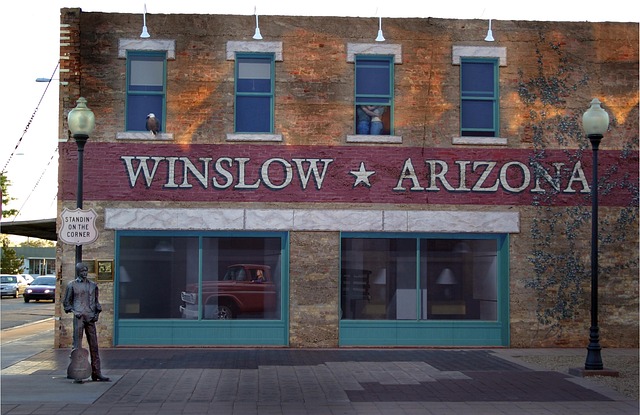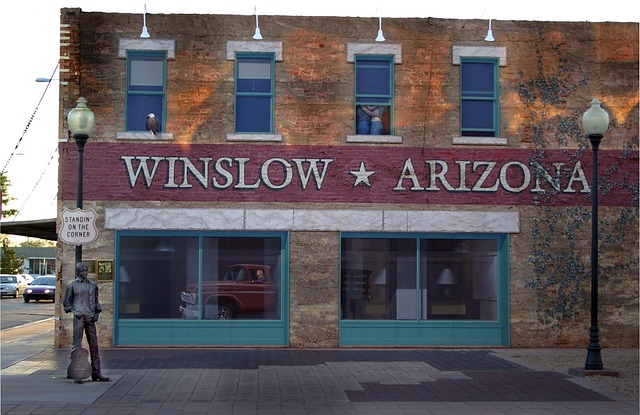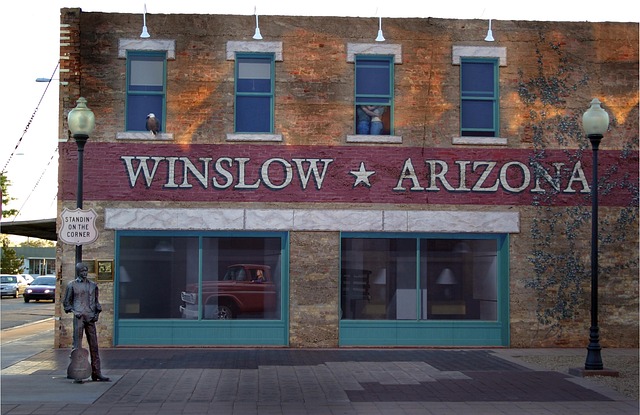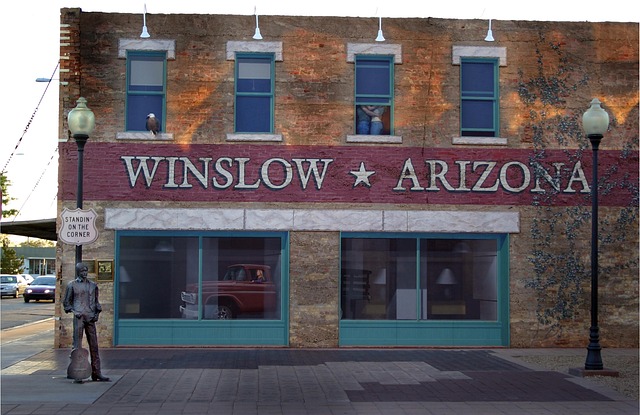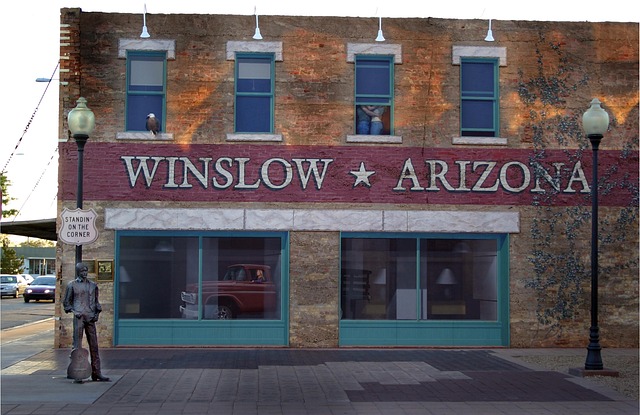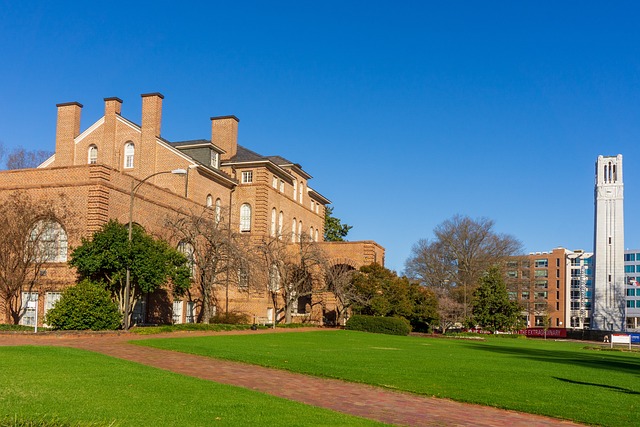Cultural landmarks drive global tourism, boosting local real estate markets. Evolving travel trends prioritize authentic cultural experiences, creating a niche for historic site restoration and themed accommodations. Pop culture influences property choices, with media representation attracting investors and visitors to iconic locations like LA and New York, blurring the lines between entertainment and real estate.
In today’s globalized world, tourists are increasingly drawn to destinations by their cultural references. From iconic landmarks to authentic experiences, these cultural influences play a pivotal role in shaping travel decisions and real estate trends. This article explores how cultural landmarks magnetize tourists to specific locations, drives demand for targeted market experiences, and influences global property choices through pop culture. Discover the intricate interplay between culture and real estate that shapes our travel and investment landscapes.
Cultural Landmarks: Magnetizing Tourists to Real Estate
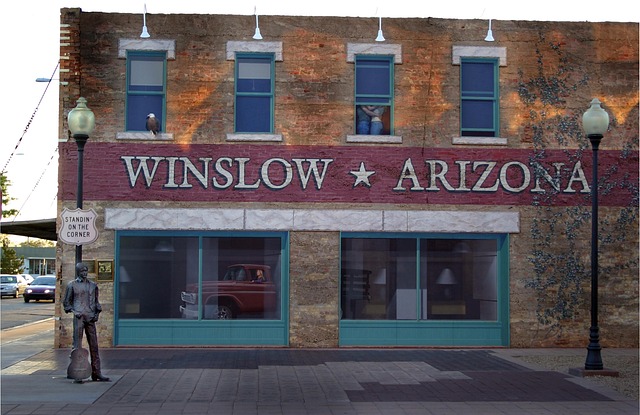
Cultural landmarks have become powerful magnets, drawing tourists from around the globe to specific destinations. These iconic sites, enriched with historical and artistic significance, offer visitors a unique glimpse into a place’s identity and heritage. From ancient temples and museums to vibrant cultural festivals, each experience captivates travelers, fostering a deep connection with the locale.
In turn, the presence of these cultural attractions significantly boosts local real estate markets. Properties in areas surrounding popular cultural landmarks often see increased values and demand due to their proximity to these tourist hotspots. This symbiotic relationship between cultural offerings and property values underscores the critical role that tourism plays in shaping urban landscapes and economic prosperity.
Authentic Experiences: Driving Demand in Targeted Markets
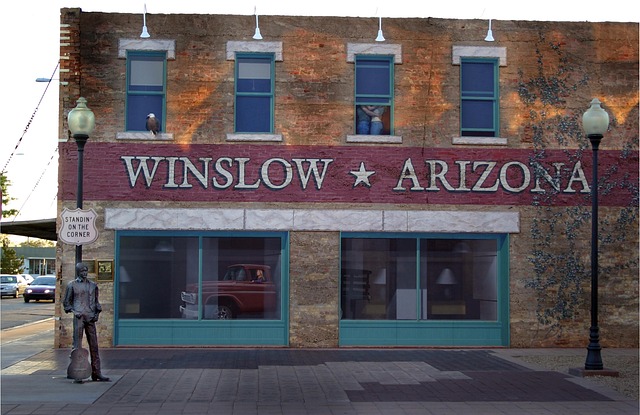
Tourists today seek more than just sightseeing; they crave authentic experiences that connect them to a place’s unique culture and history. This shift in travel trends has significantly impacted real estate markets worldwide, as destinations with rich cultural offerings become increasingly sought-after. When travelers can immerse themselves in local traditions, try regional cuisine, or engage with heritage sites, their satisfaction levels surge, fostering loyalty and encouraging repeat visits.
This demand for authentic experiences has fueled a niche market within the tourism industry, driving development in specific areas. Real estate investors and local communities alike recognize the potential of restoring historic buildings, revitalizing cultural hubs, and creating themed accommodations to cater to this desire for culturally immersive getaways. As a result, traditional real estate markets are evolving, offering travelers opportunities to live like locals and create lasting memories.
Global Trends: The Influence of Pop Culture on Property Choices
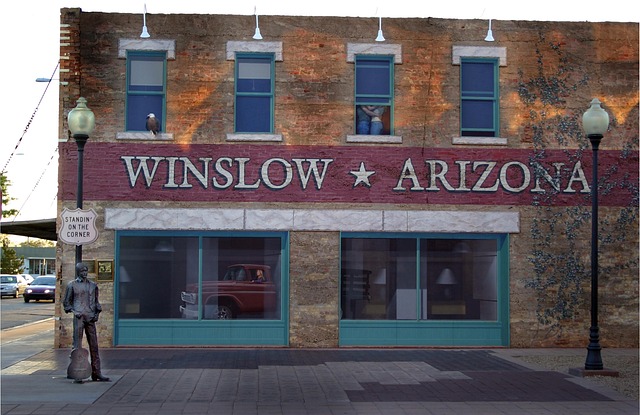
In today’s interconnected world, global trends reveal a significant shift in how tourists and potential residents alike are influenced by pop culture when making property choices. From vibrant cities like Los Angeles and New York to culturally rich destinations across Asia and Europe, the allure of specific locations is no longer solely determined by geographical features or economic factors. Instead, the cultural references embedded within these places play a pivotal role in attracting visitors and fostering a sense of belonging.
Pop culture, with its ubiquitous reach through media, music, film, and social trends, has become an integral part of people’s decision-making process when it comes to real estate. Tourists often seek out locations that resonate with their favorite movies or songs, iconic landmarks featured in popular shows, or even the neighborhoods where their favorite celebrities reside. This cultural affinity translates into a desire to own property in these places, creating a unique intersection between entertainment and real estate markets.
